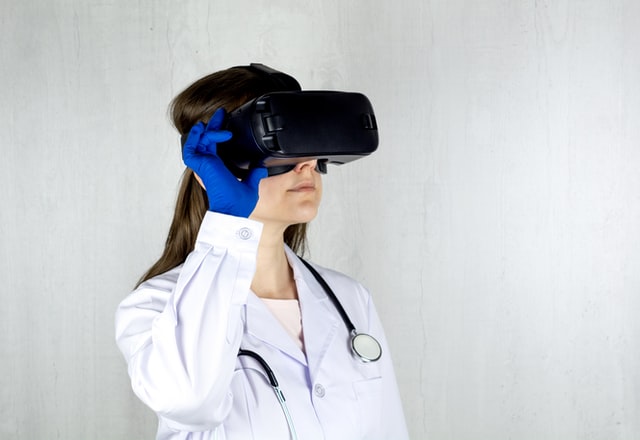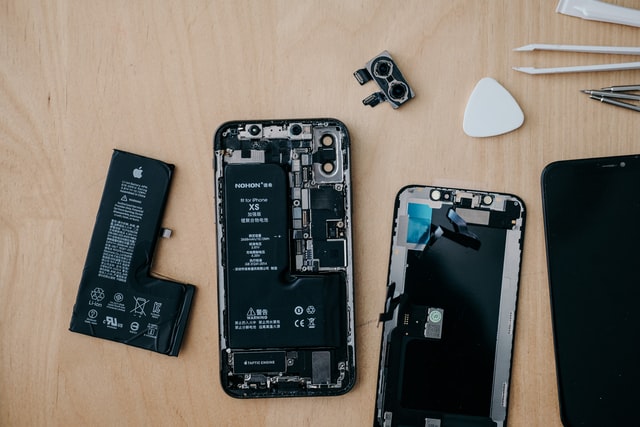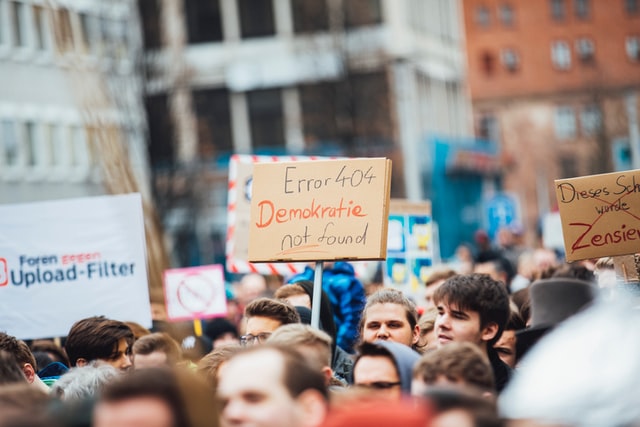The integration of healthcare and VR
Virtual reality (VR) has largely been associated with the field of entertainment. However, scientists and particularly health experts have uncovered the benefits of VR in the healthcare sector. VR and augmented reality (AR) technologies have been used to train surgeons for high-risk procedures, allow greater visual access to the ailments/illnesses and enable professionals to view procedures conducted across the globes. VR has also been applied in pain management and physical therapy, allowing patients to improve their mobility. Therapists can also use VR to navigate patients into specific exercises, or tailor simulations towards their specific needs. In the context of COVID-19, a German software company developed a VR training simulation for ventilators, a demonstration of the benefits that VR has to offer in the healthcare sector.

However, the fast growing popularity of VR has left legislative gaps in many countries. VR poses many obstacles, as outlined below:
- Considering side-effects of using VR: In cases where patients directly interact with VR technology as part of their treatment, adequate research is not available on the exact effects of employing such VR.
- Insurance Coverage: Given the novelty of VR, the technology may be only available to the privileged class, with public hospitals being unable to use it, leaving them at an inherent disadvantage. Given the many benefits, VR/AR technologies could make a significant difference in saving lives, and therefore, should be available without class barriers.
- Enhancing technical capabilities: Healthcare providers and patients remain uncertain of VR/AR technologies due to the lack of proper sensitisation around it. Particularly, healthcare providers must be given mandatory training in using such technologies.
- Privacy challenges: The use of such technologies will inevitably raise questions relating to the storage of patients’ data and its sharing and processing by healthcare experts. Authorities will have to draft comprehensive rules relating to such sensitive personal data, considering the complexities that AR/VR brings to the policy table.
- Liability: If in the process of a VR/AR technology-assisted procedure, a patient gets worse, or incurs damages, the responsibility of such negligence must be determined: namely, whether it will rest on the healthcare provider or the company that made such technology. Patients must also be informed of all the risks that might entail a procedure, which is not possible if research is not conducted to identify the side-effects of using the technology in the first place.
Therefore, it is clear that the use of AR/VR technologies cannot be blindly adopted, given the regulatory challenges it poses. Like Artificial intelligence or any new technology that has surfaced in recent years, governments have simply not responded adequately in regulating such emerging technologies, which could be extremely detrimental. The benefits of VR in the healthcare sector are too significant to eliminate its application, but it should at least have regulatory oversight to prevent mishaps. Governments must engage in discussions with healthcare experts, technology professionals and researchers to understand the ramifications of allowing VR in the healthcare sector. The COVID-19 pandemic has exposed the cracks in the healthcare system, and the lack of comprehensive regulations is one of them. Given that VR/AR could be the future of the healthcare industry, the law should keep up with innovations to protect patient rights.
The right to repair movement could have a significant impact on global emissions reduction
Many manufacturers use planned obsolescence so that products fail prematurely and are short-lived, t
The integration of healthcare and VR
Virtual reality (VR) has largely been associated with the field of entertainment. However, scientist
The increasing number of internet blackouts worldwide is cause for concern
While internet blackouts first found favor in situations of political unrest, over the years, the pr





